In climates that get cold enough to freeze, you never know what is hidden underneath the ice. For countless years humans have been making mind-blowing discoveries by digging into the frozen tundra.
Some of what they find, like mammoths, are expected, while others leave a mystery behind waiting to be solved. These items and animals give us a glimpse into history that we never thought was possible. Take a look at the most incredible things that have been discovered buried under ice.
The Brains Of A Mammoth
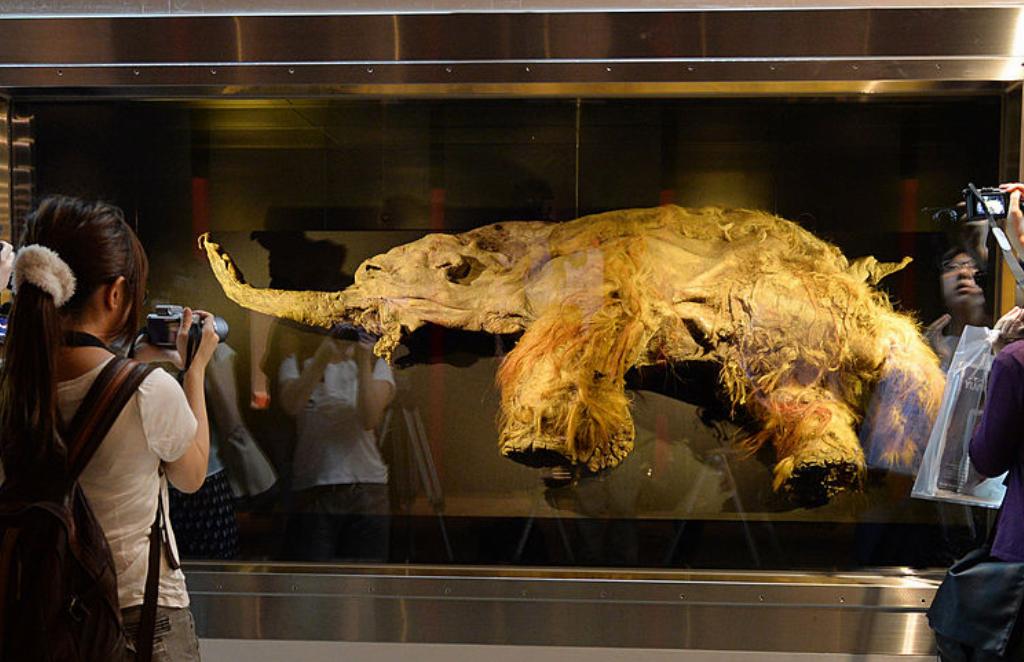
While it isn’t uncommon for scientists to find woolly mammoths buried in the ice or snow, these specimens are usually missing their brains. That made this discovery of a frozen juvenile mammoth off the Laptev Sea coast so incredible.
The creature, which was dated at 39,000-years-old, is one of few mammoths preserved with its brain. Sadly, scientists believe this discovery was only made possible because of the age of the Mammoth, which was estimated at six to nine-years-old.
ADVERTISEMENT
A Living Alligator
ADVERTISEMENT
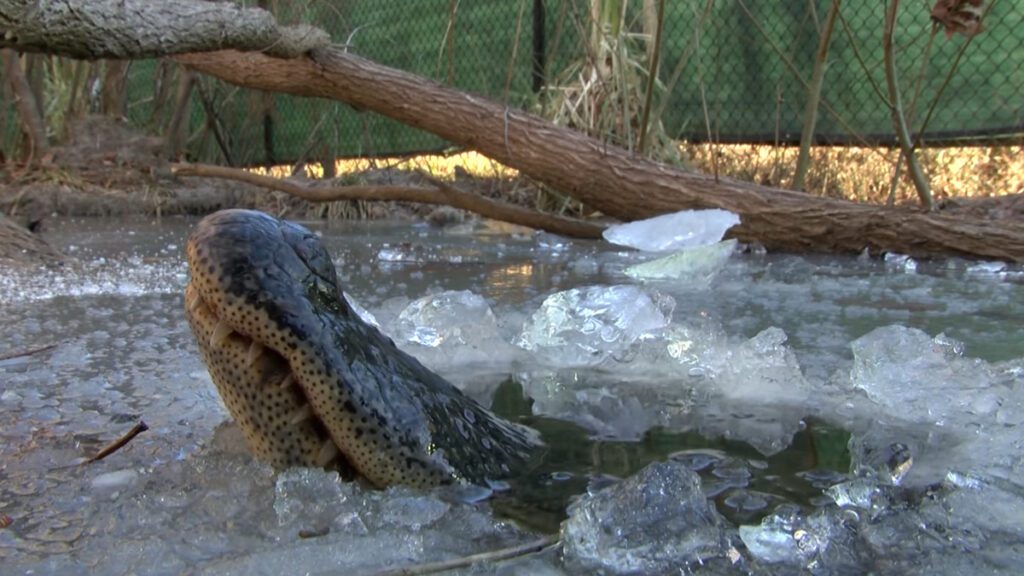
ADVERTISEMENT
Not everything found under the ice is dead. Scientists learned this the hard way when they found alligator snouts sticking out of frozen lakes. While the lake and the gator are frozen, the animal is breathing and still very much alive.
ADVERTISEMENT
Some alligator species who live in freezing climates can preserve their internal organs in a hibernation-like state during the winter. Then, when the ice melts back into the water, the alligator wakes up and can begin silently hunting again.
ADVERTISEMENT
A Plane Lost To Time
ADVERTISEMENT
ADVERTISEMENT

ADVERTISEMENT
Not everything buried in the ice is thousands of years old. Sometimes it’s not even a century old. In 1952, for instance, a military plane en route to Alaska was presumed lost after it crashed into a glacier. Nothing was recovered.
ADVERTISEMENT
For nearly 50 years, the plane was lost in the glacier. The conditions were considered too dangerous for a salvage mission. Once the ice had melted and receded enough, the wreckage was recovered and the truth about what happened was revealed.
ADVERTISEMENT
A Mummified Dinosaur
ADVERTISEMENT
ADVERTISEMENT
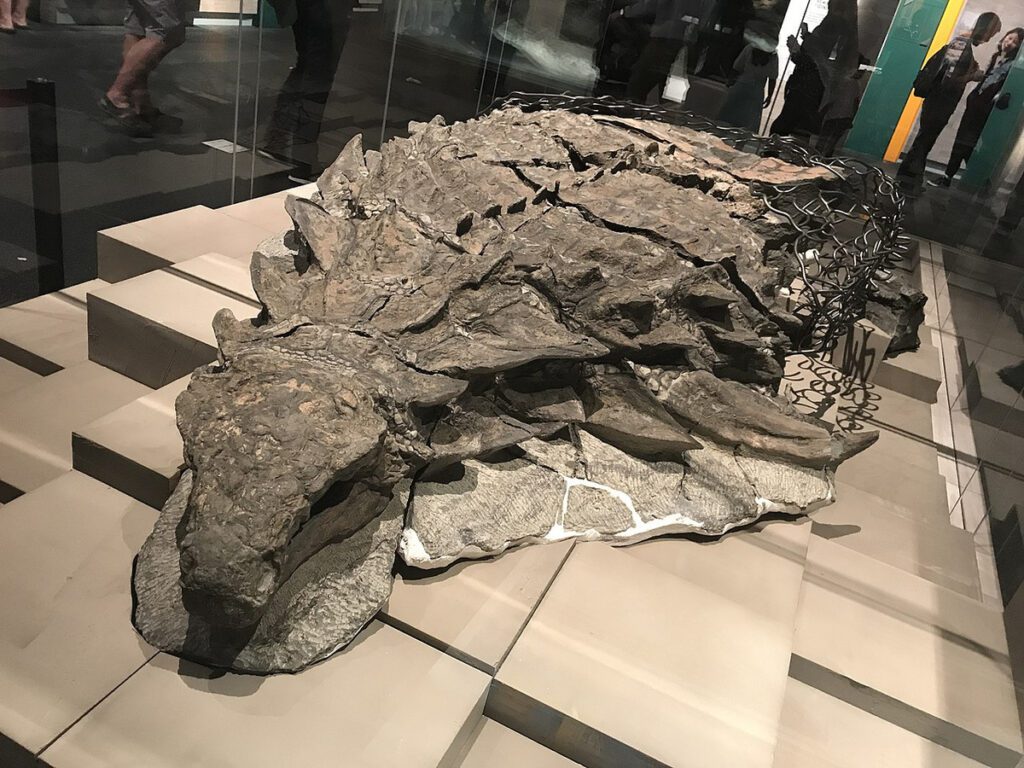
ADVERTISEMENT
It’s not just mammoths that get frozen and preserved in the ice. Older animals, like a mummified nodosaur aged at 110 million years, have been uncovered too. This surprisingly well-preserved dinosaur lived during the cretaceous period.
ADVERTISEMENT
The nodosaur lived at a time when it was an eat-or-be-eaten world. In order to stay alive, it grew spikes as a defense mechanism. Finding a specimen like this is special for scientists as it reveals exactly what this prehistoric beast looked like in stunning detail.
ADVERTISEMENT
Metal Arrowheads
ADVERTISEMENT
ADVERTISEMENT
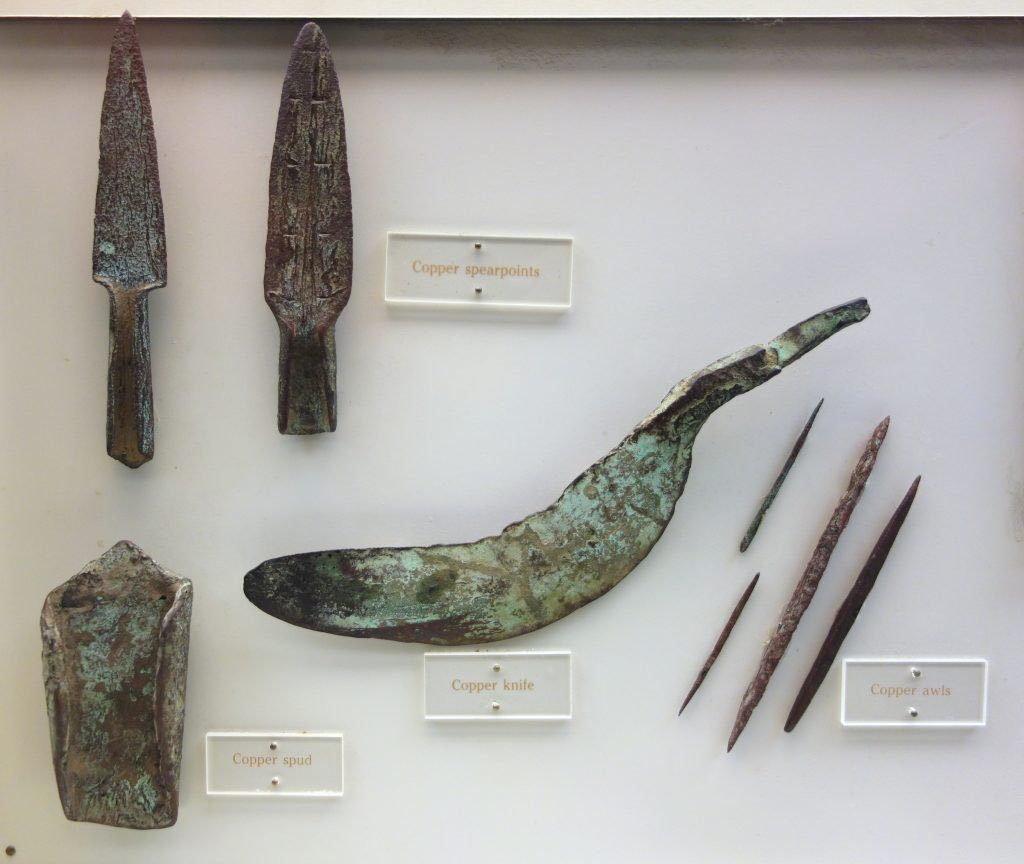
ADVERTISEMENT
Scientists were shocked when they found copper arrowheads buried in the ice while studying an ancient culture. The fact that the arrowheads were made of metal showed that the culture had an advanced understanding of technology.
ADVERTISEMENT
This society was able to forge their own weapons and hunt efficiently, using weapons created with similar techniques to modern-day fishhooks. For a culture that’s survival was predicated on hunting, this gave them a distinct advantage while they wandered the land.
ADVERTISEMENT
Viking Gear
ADVERTISEMENT
ADVERTISEMENT
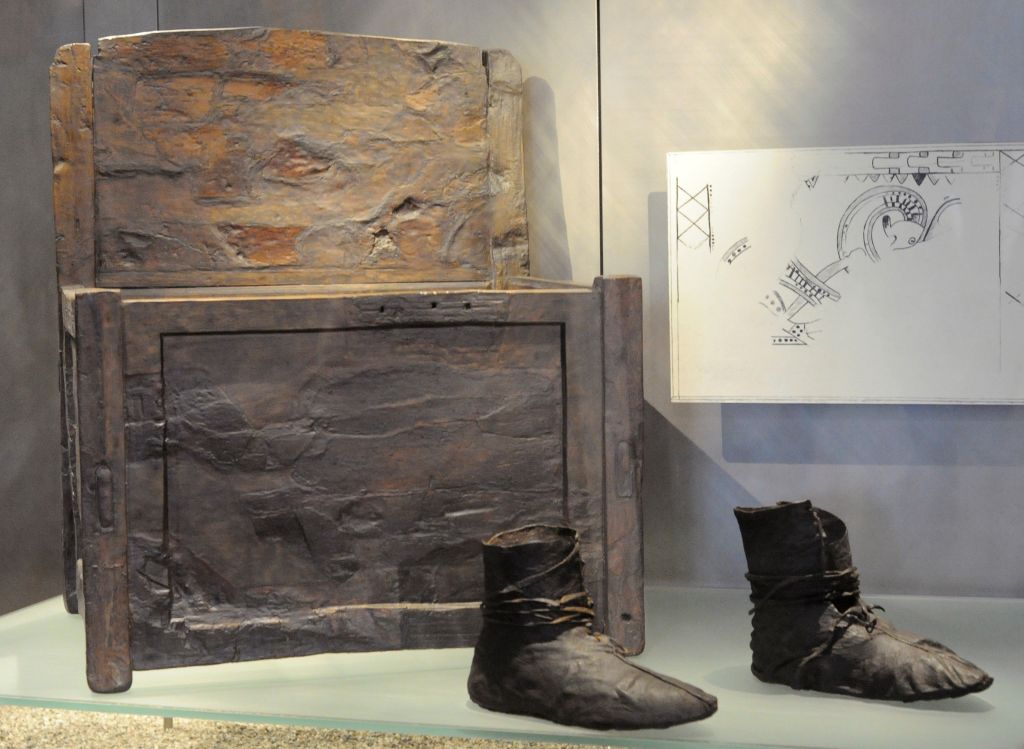
ADVERTISEMENT
In Norway, scientists found a collection of Viking gear that was over 3,000-years-old. The gear was found strewn about and included sticks, leather shoes, arrows, and bows. Most of what was found were made from reindeer parts.
ADVERTISEMENT
Knowing that it’s not surprising that reindeer traps were also found. To create these, Vikings would bind sticks together loosely enough they could be shaken. Using the noise from the shaking, they were able to wrangle the reindeer into small groups.
ADVERTISEMENT
Red Ice
ADVERTISEMENT
ADVERTISEMENT
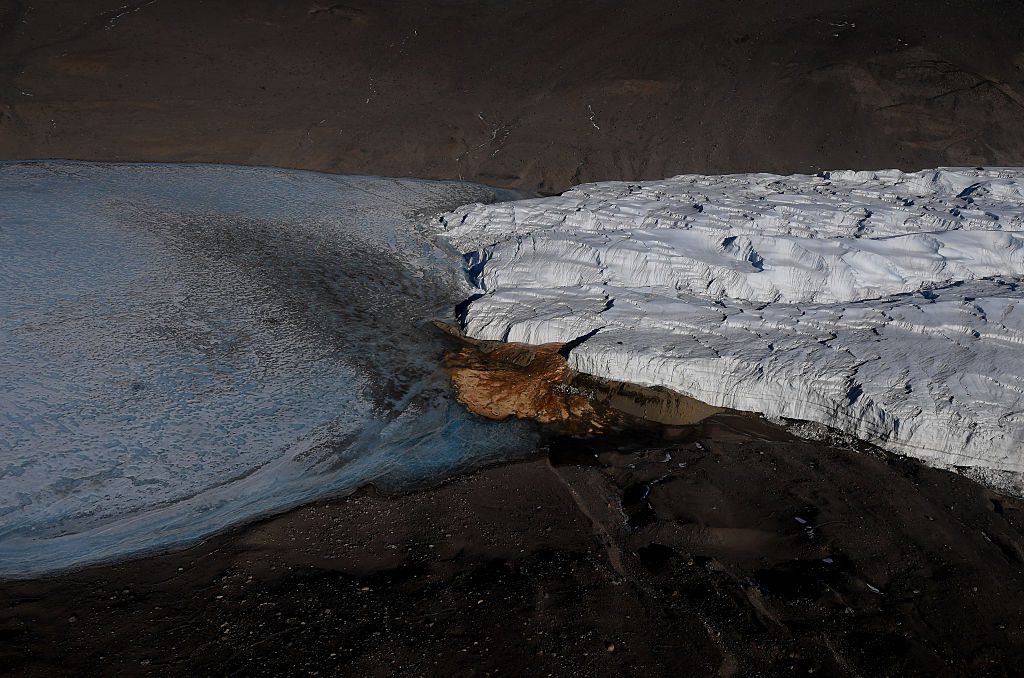
ADVERTISEMENT
In Antarctica, a stream of red water can be found coming out of a glacier aptly named Blood Falls Glacier. Don’t worry, though, the liquid pouring out isn’t from a horror film – it’s just very rich iron.
ADVERTISEMENT
The mysterious thing about the iron red water is that no one knows where the source of iron is coming from. All we know is that there is enough that the water pours out red, creating one of the most interesting views on Earth.
ADVERTISEMENT
Tree-Filled Forests
ADVERTISEMENT
ADVERTISEMENT
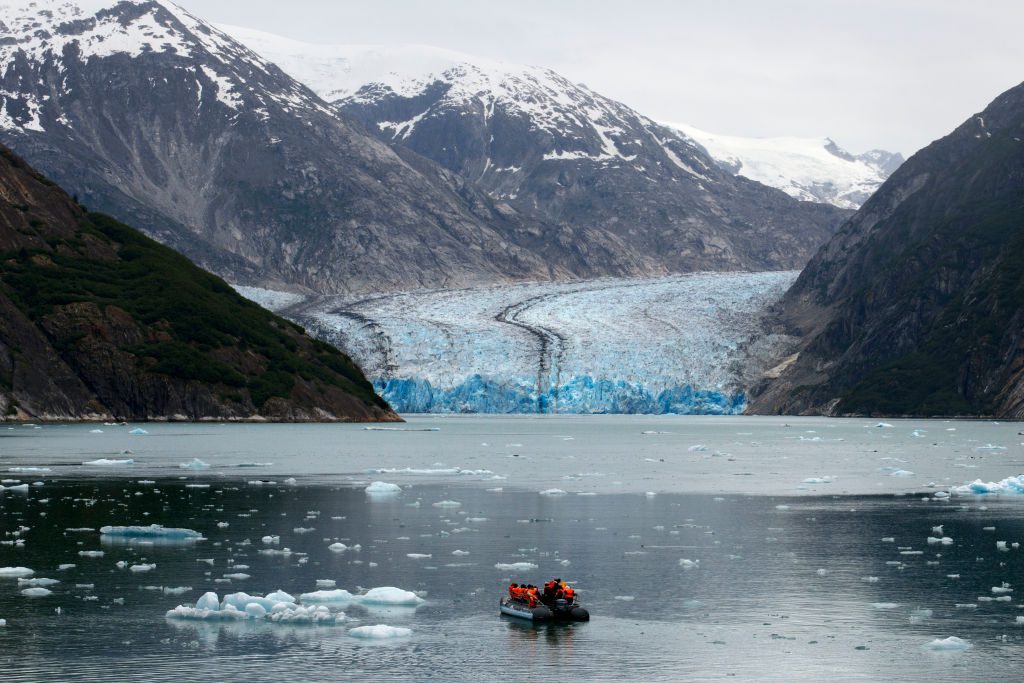
ADVERTISEMENT
Amazingly, forests full of trees have been found preserved in the ice of glaciers. Normally, when a glacier overtakes an area, it crushes everything in its path. Sometimes, though, rocks and sediment build up in what’s known as moraine.
ADVERTISEMENT
This moraine provides a sort of cushion for the trees as they are overtaken, allowing them to stay rooted in the ground. In some glaciers, entire forests have been preserved in stunning details waiting for the glacier to recede so they can flourish again.
ADVERTISEMENT
The Reality Of War
ADVERTISEMENT
ADVERTISEMENT

ADVERTISEMENT
Part of WWI was fought in the alps. These frozen trenches posed incredible dangers to the soldiers. Many suffered from frostbite and other cold-induced in ailments. In the worst-case scenario, some even succumbed to the temperatures and not the fight. As far as icy discoveries go, this is one of the strangest.
ADVERTISEMENT
Even stranger, soldiers from WWI aren’t the only humans found in the snow. As you’ll learn, one discovery was a history-defining find for scientists in Austria.
ADVERTISEMENT
Otzi Man
ADVERTISEMENT
ADVERTISEMENT

ADVERTISEMENT
Known as Otzi Man, the discovery of this well preserved 5,300-year-old human proved ground-breaking. He was found in the Alps between Italy and Austria in 1991 and proved to share a special link with one of the two countries.
ADVERTISEMENT
As Otzi Man was studied, it was discovered that he was a genetic ancestor to Austrians. He was also suffering from several ailments as the time of his passing including gum disease, Lyme disease, and worms.
ADVERTISEMENT
A Woolly Rhinoceros
ADVERTISEMENT
ADVERTISEMENT
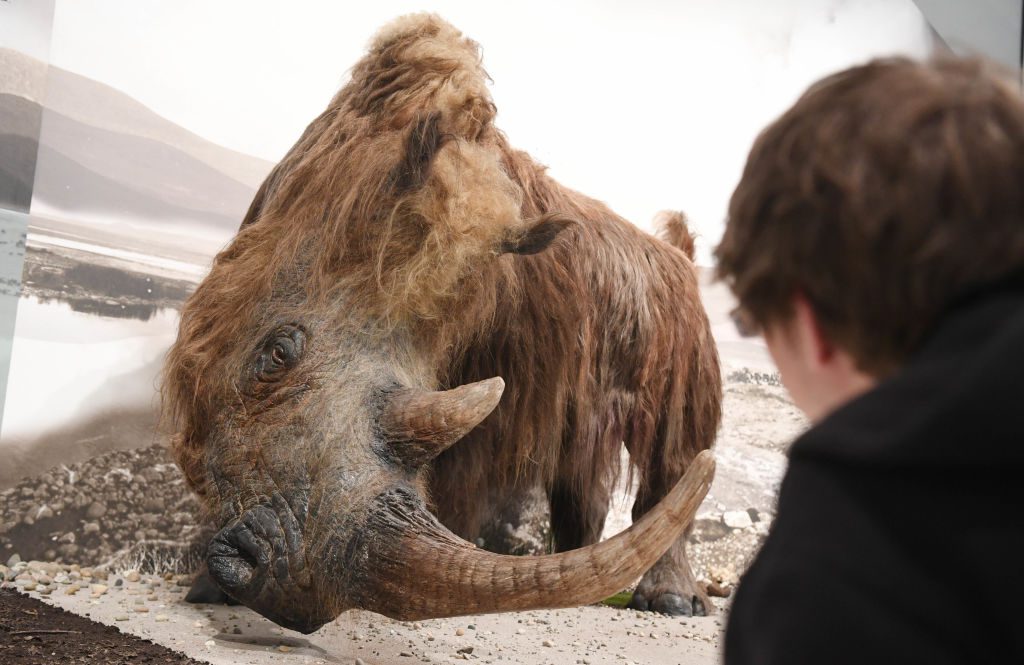
ADVERTISEMENT
Mammoths weren’t the only woolly animals to live in the freezing cold. Have you ever heard of the woolly rhinoceros? This furry beast looks like you would imagine – a hairy rhinoceros. One of the most stunning woolly rhinos ever found was an 18-month-old in Sakha, Russia.
ADVERTISEMENT
Sakha is one of the coldest areas of Russia, making us wonder just what kind of climates this animal was used to surviving in, and what kind of food it was able to find to eat.
ADVERTISEMENT
Cave Lions
ADVERTISEMENT
ADVERTISEMENT
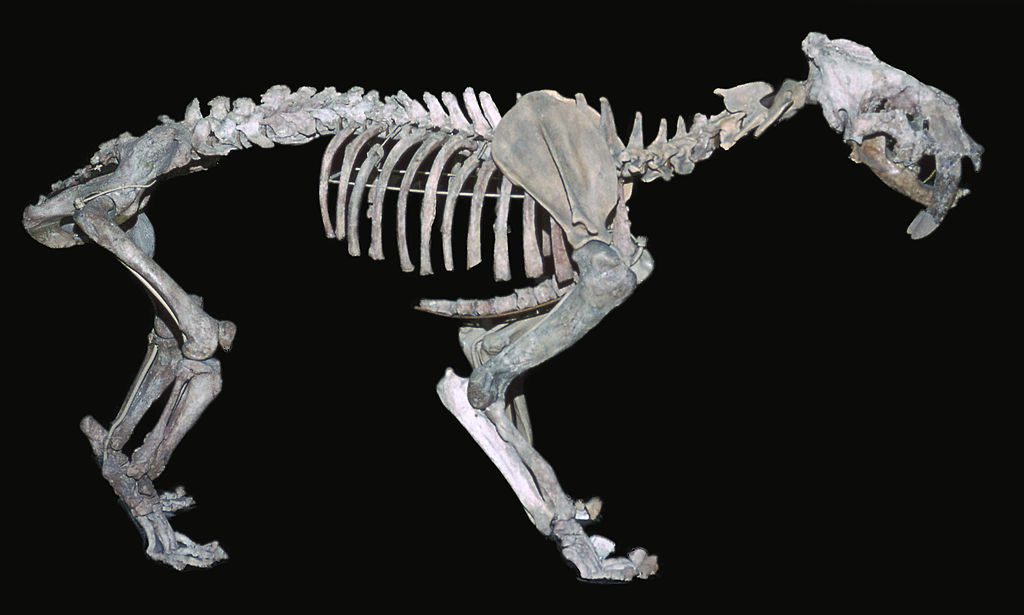
ADVERTISEMENT
Cave lions are one of the most famous animals from the ice age. More commonly they are known as sabretooth tigers and called the arctic circle their home. Remains for these have been found all over the world, though, including the United Kingdom.
ADVERTISEMENT
The most unique find came in Russia, where scientists uncovered juvenile sabretooth’s preserved so well there was still hair on them. These animals last roamed the Earth 10,000 years ago and likely went extinct from global temperature changes and human hunting.
ADVERTISEMENT
Animal Droppings
ADVERTISEMENT
ADVERTISEMENT
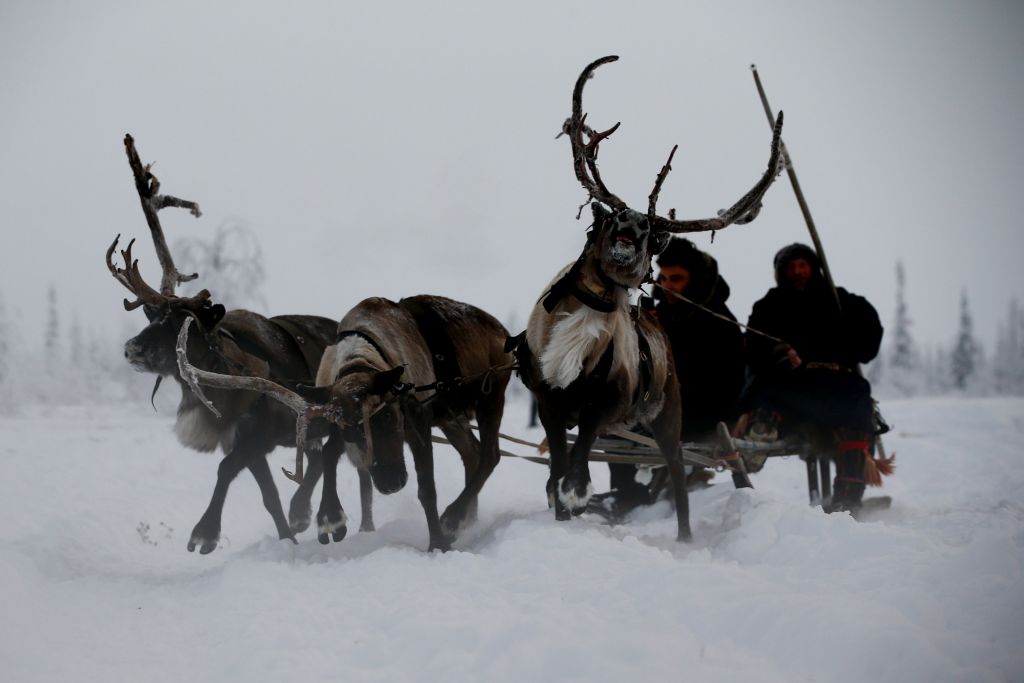
ADVERTISEMENT
Is it gross that one of the most common findings in the ice are animal droppings? Absolutely! Are the “findings” really important, though? The answer to that is also a resounding yes. As gross as it may sound, these samples help scientists learn about animals.
ADVERTISEMENT
From droppings, scientists can learn what a species of animal is eating, what regions it’s living in, and other useful things. This information comes in most handy when studying species of animals that have gone extinct.
ADVERTISEMENT
Rare Wood
ADVERTISEMENT
ADVERTISEMENT
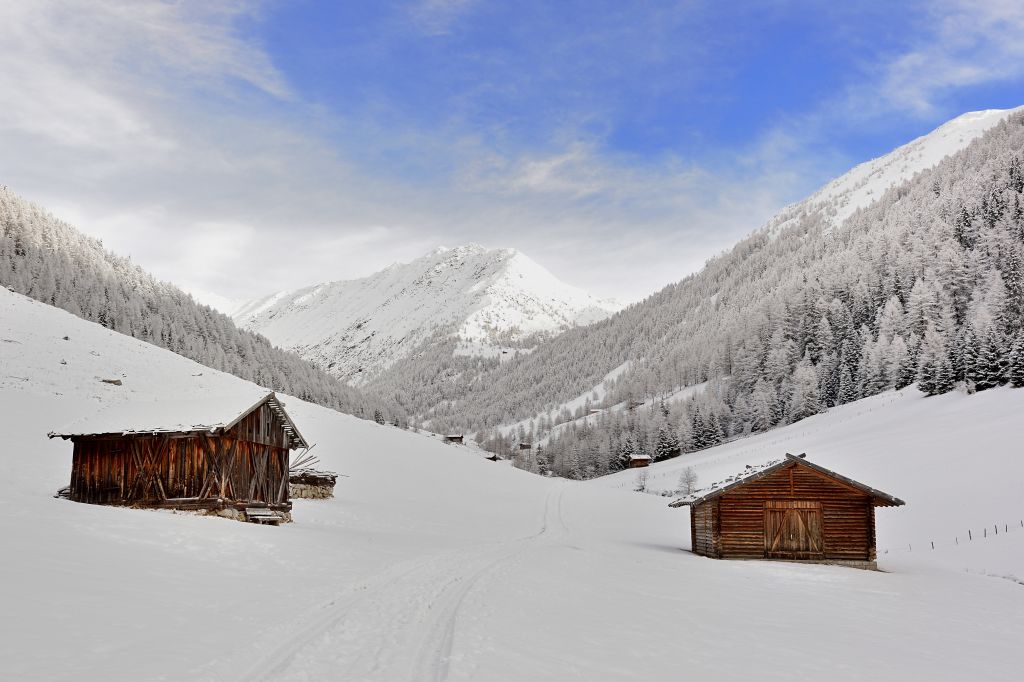
ADVERTISEMENT
While searching ice patches scientists will sometimes find “rare wood.” This wood was used to build shelters and would have been sourced from miles away, then brought to the shelter location. This is always a very special find.
ADVERTISEMENT
What was the point of these shelters? The theory by scientists is that they were temporary structures built while humans stopped to hunt. They would place the shelters nearing grazing pastures and wait for reindeer or caribou to enter the area.
ADVERTISEMENT
An 1,800-Year-Old Gopher Stick
ADVERTISEMENT
ADVERTISEMENT
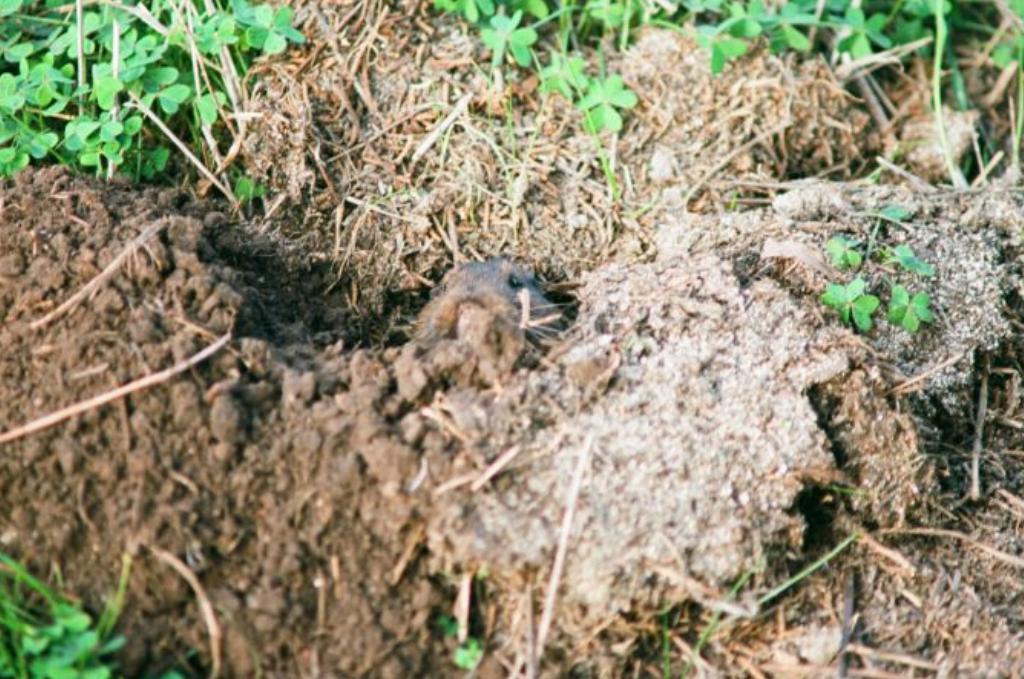
ADVERTISEMENT
First off, let’s explain what exactly a gopher stick is. The oddly named tool is essentially a trap for gophers placed at the top of their holes. A snare is looped around a stick and attached to a strong string.
ADVERTISEMENT
When the gopher leaves its hole, the trap is set off. The particular gopher stick we’re talking about was 1,800-years-old and showed the ingenuity of humans before advanced technology. There must have been a lot of gophers around back then if they were being trapped as a food supply!
ADVERTISEMENT
A Pre-Historic Moose
ADVERTISEMENT
ADVERTISEMENT
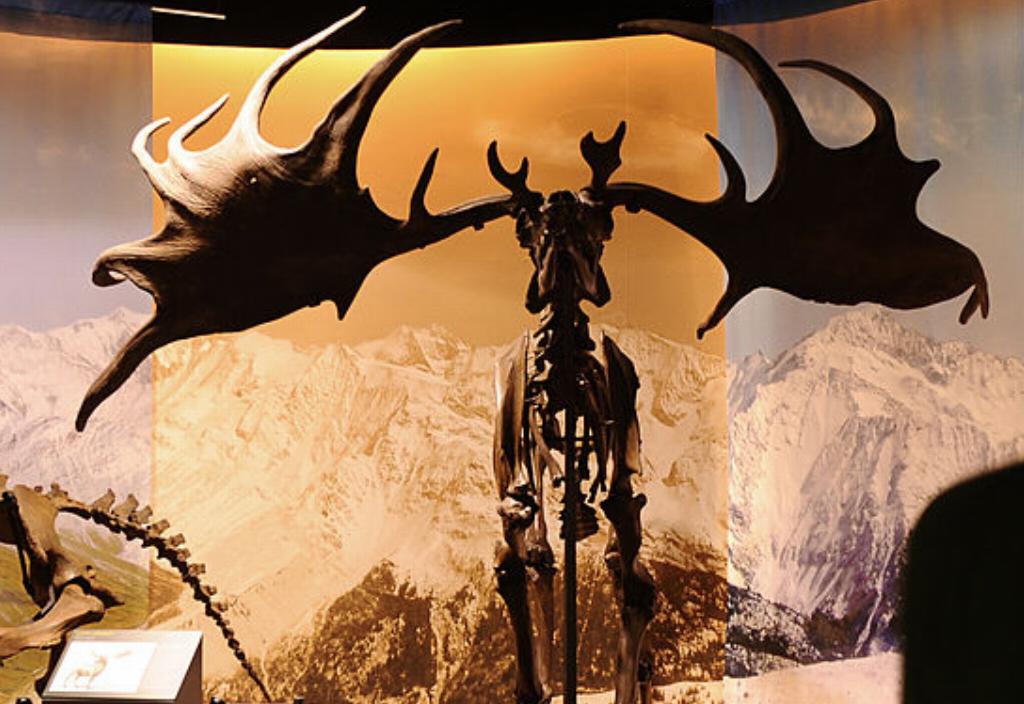
ADVERTISEMENT
Did you know there is such a thing as a prehistoric moose? These large animals bare a pretty similar resemblance to modern-day moose but obviously lived at a very different time in history, so discovering them can reveal a lot to scientists.
ADVERTISEMENT
As you know, a well-preserved specimen that still has fur has a lot of secrets to reveal. One, in particular, helped us to understand just how little these animals have changed over the course of thousands of years.
ADVERTISEMENT
A Giant Squid
ADVERTISEMENT
ADVERTISEMENT
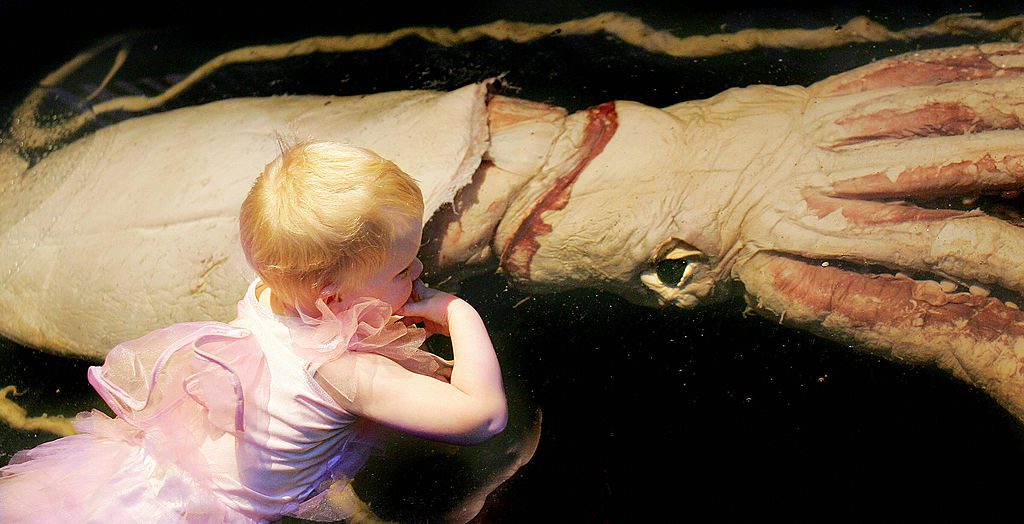
ADVERTISEMENT
In 2005, the Melbourne Aquarium in Australia spent $100,000 to get their hands on a giant squid specimen frozen in ice. The amazingly preserved sea creature gave scientists a detailed look at what these animals look like before washing ashore. Sadly, almost all giant squid are found after they have long passed and been beached.
ADVERTISEMENT
That same year, Japanese researchers became the first to ever record a living giant squid. They took over 500 pictures of the animals and shared their incredible discovery with the world.
ADVERTISEMENT
Ancient Bacteria
ADVERTISEMENT
ADVERTISEMENT

ADVERTISEMENT
While freezing temperatures kill bacteria, some ancient strains have built up resiliency to the icy conditions. These bacteria become frozen in the ice, waiting to be melted free and wreak havoc on the world again.
ADVERTISEMENT
Some of the bacteria trapped in ice that has been discovered is millions of years old. Viruses can also survive frozen in the ice. One such virus was melted free after 30,000 years in Siberia but was thankfully harmless to humans.
ADVERTISEMENT
A Special Message In A Bottle
ADVERTISEMENT
ADVERTISEMENT
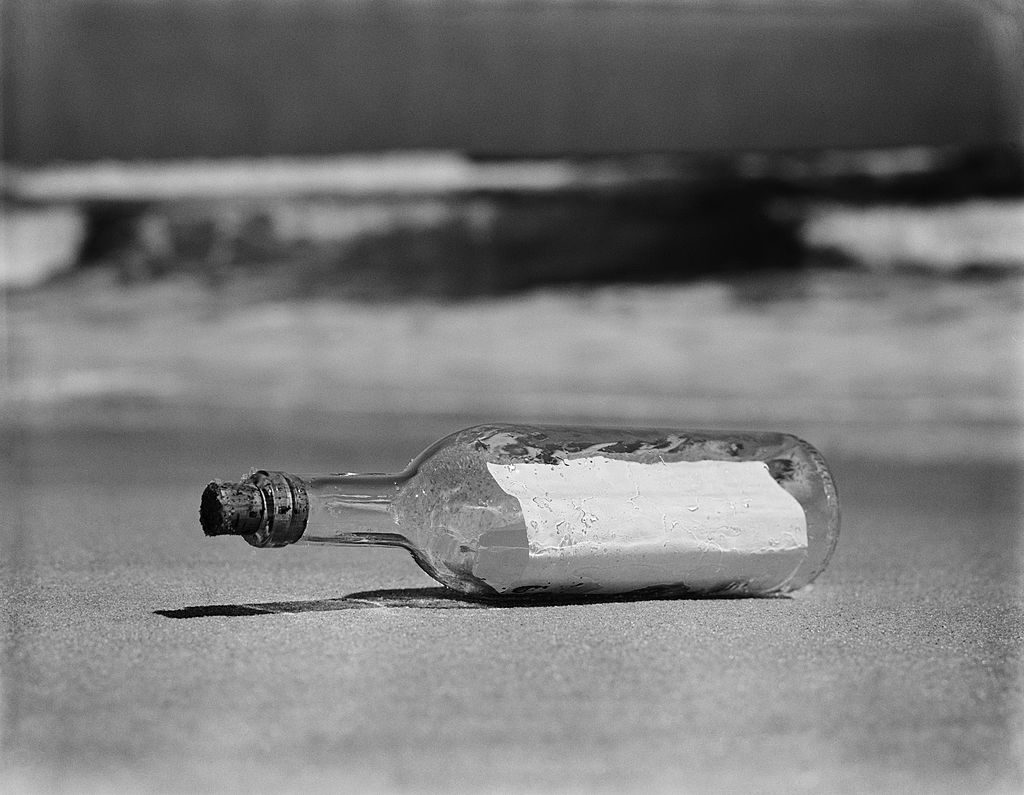
ADVERTISEMENT
In 1959, Paul T. Walker wanted to prove that glaciers were melting, so he wrote a note and slipped it in a bottle. He buried the bottle beneath some rocks to be recovered at a later date and time.
ADVERTISEMENT
The bottle was found in 2013, and the note instructed whoever found it to measure the length of the bottle to the foot of the glacier. Overall, the ice had melted and receded by 200 feet, indicating that global warming could be happening at a rate faster than expected.
ADVERTISEMENT
Frozen Volcanoes
ADVERTISEMENT
ADVERTISEMENT
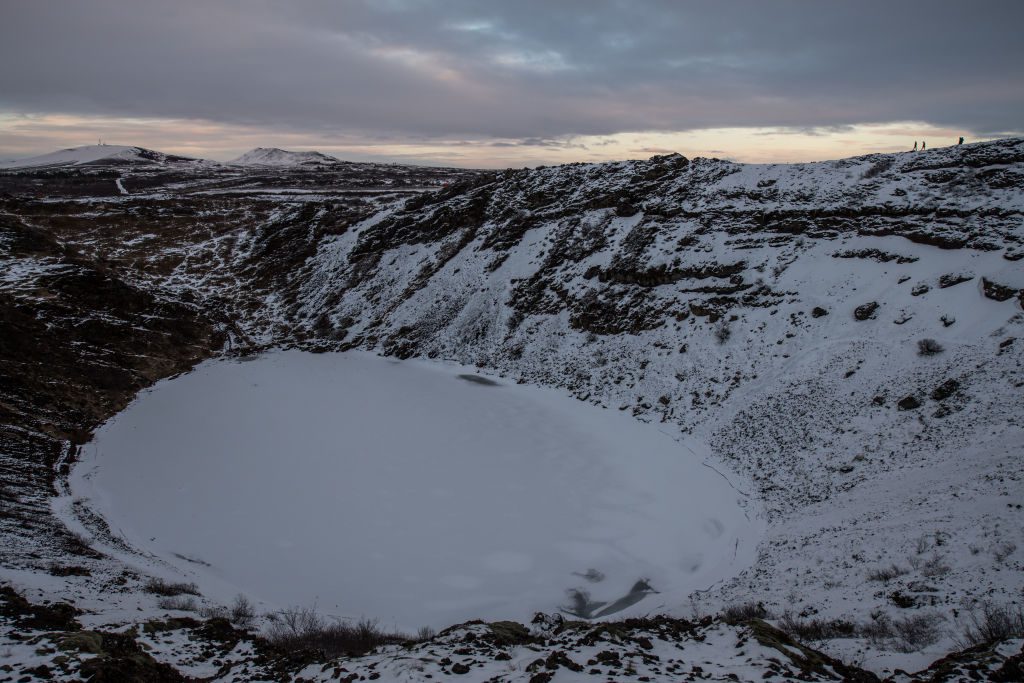
ADVERTISEMENT
Perhaps the most incredible thing found under the ice are volcanoes in Iceland. As unbelievable as it may sound, temperatures in the country can get so cold that volcanoes can be frozen solid.
ADVERTISEMENT
Since these volcanoes have been frozen, there has been zero volcanic activity. As they begin to unfreeze, which has begun as temperatures have increased, scientists can only guess what could happen. It’s possible that these long sleeping giants could become active again.
ADVERTISEMENT
An Entire Lighthouse
ADVERTISEMENT
ADVERTISEMENT
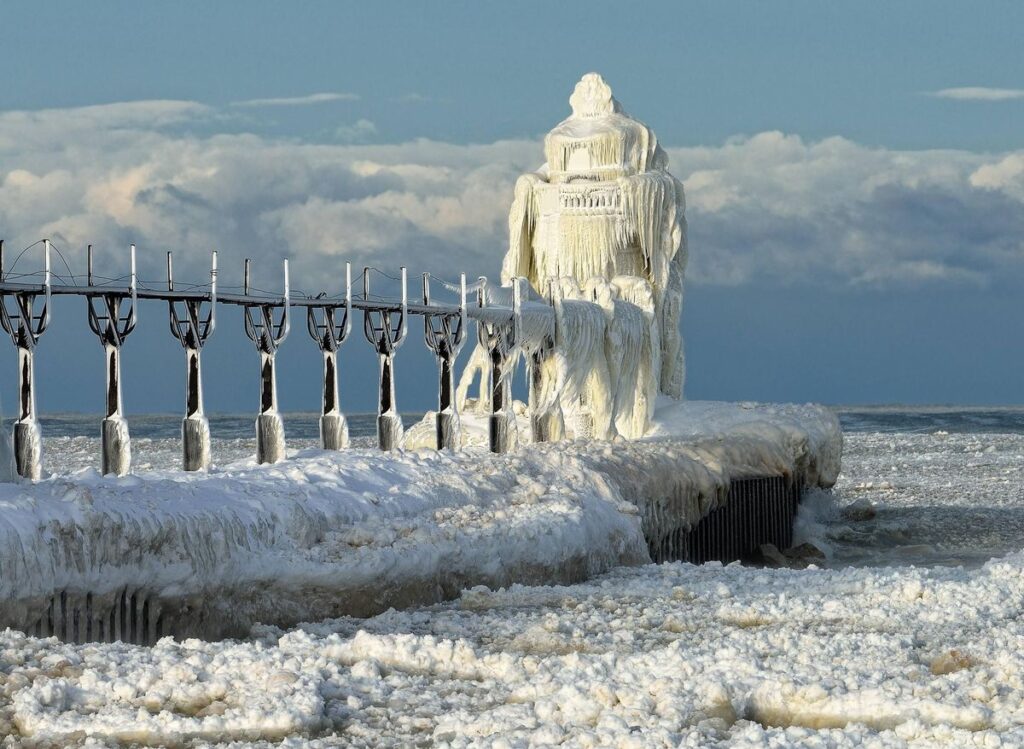
ADVERTISEMENT
Ice-covered lighthouses have been found not once, not twice, but dozens of times. When wind and ice hit the building, lighthouses can gather several feet of ice within hours. You can tell where the wind blew by the direction in which the icicles point. Photographer Tom Gill has traveled across the U.S. to capture these fairytale-like buildings.
ADVERTISEMENT
Some of the most famous froze lighthouses border the lakes of Michigan and Ohio. Over hundreds of years, some of these lighthouses end up tilting under the weight. Pray that no lighthouse worker gets caught inside a frozen building.
ADVERTISEMENT
A Fox
ADVERTISEMENT
ADVERTISEMENT

ADVERTISEMENT
In 2017, a German hunter named Franz Stehle found an unusual sight: a fox frozen solid. During that year, Europe had been experiencing extreme winter weather. It’s likely that the fox broke through the frozen river and ended up in an ice block.
ADVERTISEMENT
Stehle said that it’s not unusual to find animals frozen in winter. He even stated that he found a frozen deer and boar before the fox, although these have never been found. Tourists got to see the frozen fox until it melted. And, no, it did not survive.
ADVERTISEMENT
Two Moose Locked In Combat
ADVERTISEMENT
ADVERTISEMENT
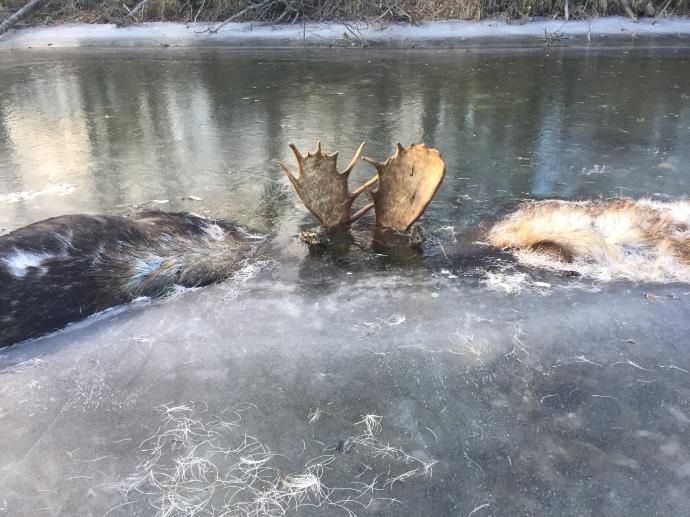
ADVERTISEMENT
In 2016, a Unalakleet school teacher and his friend made a surprising discovery. The two found two bull moose stuck in ice, with their antlers locked. The teacher, Brad Webster, theorized that one moose got knocked out an dragged the other moose with it.
ADVERTISEMENT
After finding the moose, the two Alaskans returned with a grown to remove them from the ice. According to Webster, they did it “in a typical off-the-road Alaskan way,” using ice picks and chainsaws. They removed some meat for dog food but kept the head frozen in Webster’s yard.
ADVERTISEMENT
A Fish Eating Another Fish
ADVERTISEMENT
ADVERTISEMENT
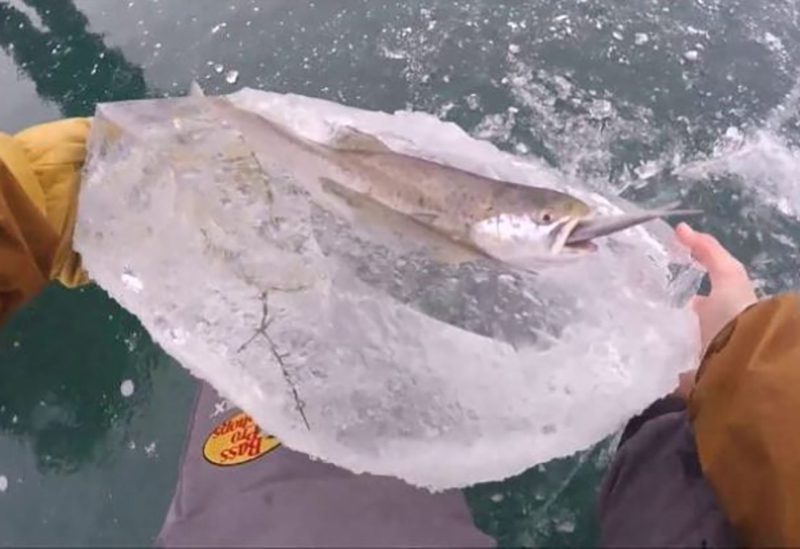
ADVERTISEMENT
Two brothers from northern Indiana found a frozen fish in Wawasee Lake. Normally, this wouldn’t make headlines, but the pike fish was frozen in the process of eating another fish. According to the brothers, the pike fish was in the midst of swallowing a 14-inch bass.
ADVERTISEMENT
After people questioned the authenticity, the brothers filmed themselves removing the fish from the ice. Some have theorized that the pike choked while trying to eat the bass. Either way, it’s amazing that the fish could be frozen in the act.
ADVERTISEMENT
10,000-Year-Old Spears
ADVERTISEMENT
ADVERTISEMENT
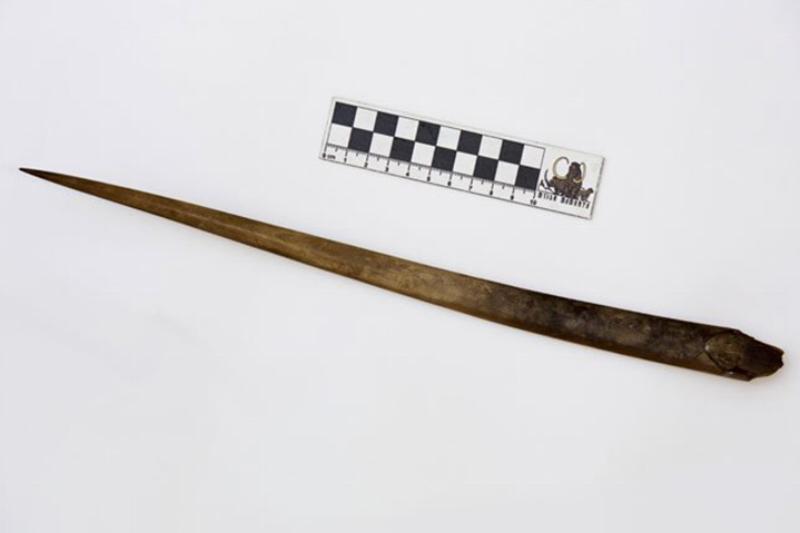
ADVERTISEMENT
When the ice melted in Yellowstone National Park in 2015, researchers uncovered an ancient weapon. The weapon was spear-shaped and made of birch. Craig Lee, an ice archaeology specialist, estimated that the spear is 10,300 years old.
ADVERTISEMENT
Lee believes that the weapon wasn’t a full spear, but a dart. In particular, it was an atlatl dart with personal markings made by the hunter. This isn’t the first time archaeologists have found ancient weapons in the ice of Yellowstone. In the past, they have dug up utensils, arrows, and animal carcasses.
ADVERTISEMENT
Live Frogs
ADVERTISEMENT
ADVERTISEMENT

ADVERTISEMENT
Every September in Alaska, wood frogs intentionally freeze. Two-thirds of their bodies remain solid in ice. If you picked them up, they would not move. Their hearts stop beating, and their blood stops flowing. “They are essentially dead,” says graduate student Don Larson.
ADVERTISEMENT
But after seven months, wood frogs wake up and hop away. It’s a lot like hibernating, except that these frogs essentially die. Scientists are still researching how they survive in such intense conditions. Unlike other items on this list, you can find frozen wood frogs every year in Alaska.
ADVERTISEMENT
A 10,000-Foot Mountain Range
ADVERTISEMENT
ADVERTISEMENT

ADVERTISEMENT
A mountain range in Antarctica has only been known for 50 years. Why? Because it’s buried under a mile of ice. The Gamburtsev Mountains are 10,000 feet high, 750 feet long, and still buried in ice. Researchers believe that it’s about the same size as the European Alps.
ADVERTISEMENT
In the 2000s, scientists have caught a glimpse of the range by using advanced imaging technology. They say that the Gamburtsev Mountains look like the Alps, but magnetic anomalies indicate that they’re made with billion-year-old rocks. Who knows what else hides beneath the ice there?
ADVERTISEMENT
A Lake Filled With Alien Life
ADVERTISEMENT
ADVERTISEMENT
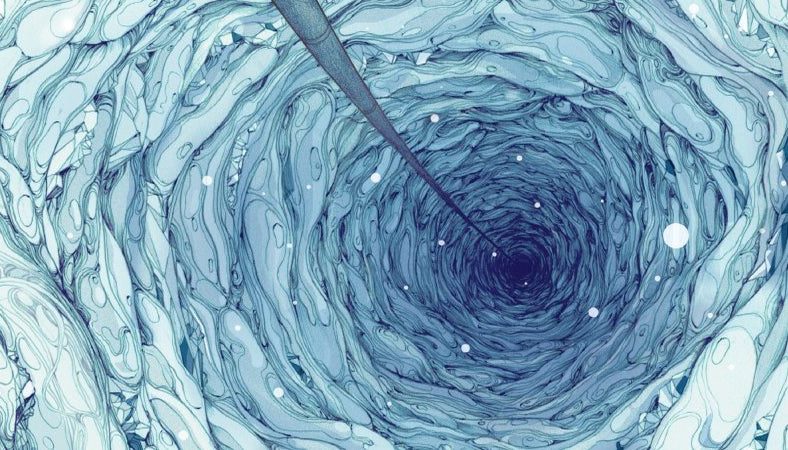
ADVERTISEMENT
In 2012, Russian scientists drilled into the ice to find the opposite of ice. Two miles under the frozen land, they found a subglacial lake. Lake Vostok is a freshwater lake that shouldn’t exist, in theory. When researchers took samples from the lake, they found bacteria that nobody had discovered before then.
ADVERTISEMENT
When the researchers drilled again in 2015 and 2016, they found different, unknown bacteria on both trips. In this sense, Lake Vostok stands out from Antarctica’s 400 other subglacial lakes. Its ice dates back 400,000 years, and it houses alien life.
ADVERTISEMENT
Millions Of Extinct Grasshoppers
ADVERTISEMENT
ADVERTISEMENT

ADVERTISEMENT
Grasshopper Glacier is a mile-long glacier outside of Cooke City, Montana. The glacier isn’t named for its everyday grasshoppers. Instead, the glacier is filled with millions of locusts that were frozen solid centuries ago. In other words, these locusts went extinct over a century ago.
ADVERTISEMENT
Due to all the bugs, Grasshopper Glacier looks more like elephant skin than an ice mound. Still, tourists hike to the glacier between July and September each year. Although Grasshopper Glacier has melted considerably from global warming, scientists are still studying the now-extinct frozen bugs.
ADVERTISEMENT
A Group Of Dinosaur Fish Lizards
ADVERTISEMENT
ADVERTISEMENT
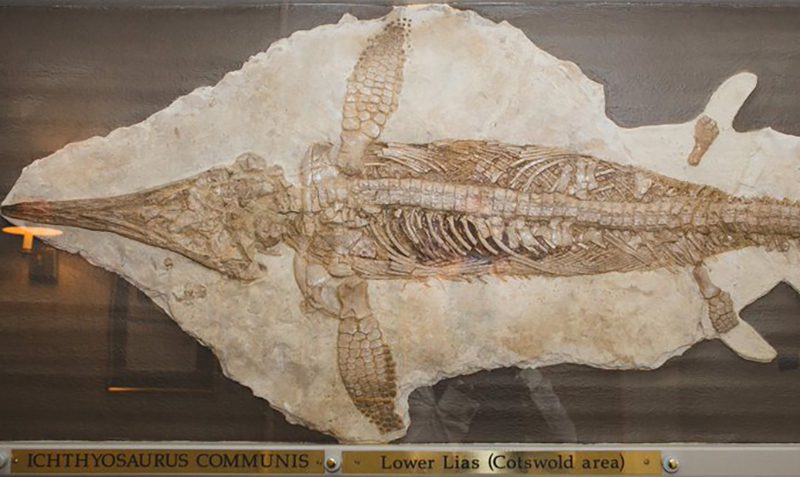
ADVERTISEMENT
In 2014, a graveyard of dinosaurs was discovered near a melting glacier in southern Chile. Scientists found 46 specimens of ichthyosaurs, whose name translates to “fish lizards” in Greek. These enormous, underwater reptiles span 16 feet long and date back to the Mesozoic Era.
ADVERTISEMENT
Scientists found adult and embryo ichthyosaurs that were likely killed through mudslides. They have torpedo-shaped bodies, vertical flippers, and dolphin-like snouts with teeth. Finding the fossils was only half the battle; to study it, researchers had to drive nearby, hike for 12 hours in the snow, and dig them up.
ADVERTISEMENT
Infected Reindeer
ADVERTISEMENT
ADVERTISEMENT
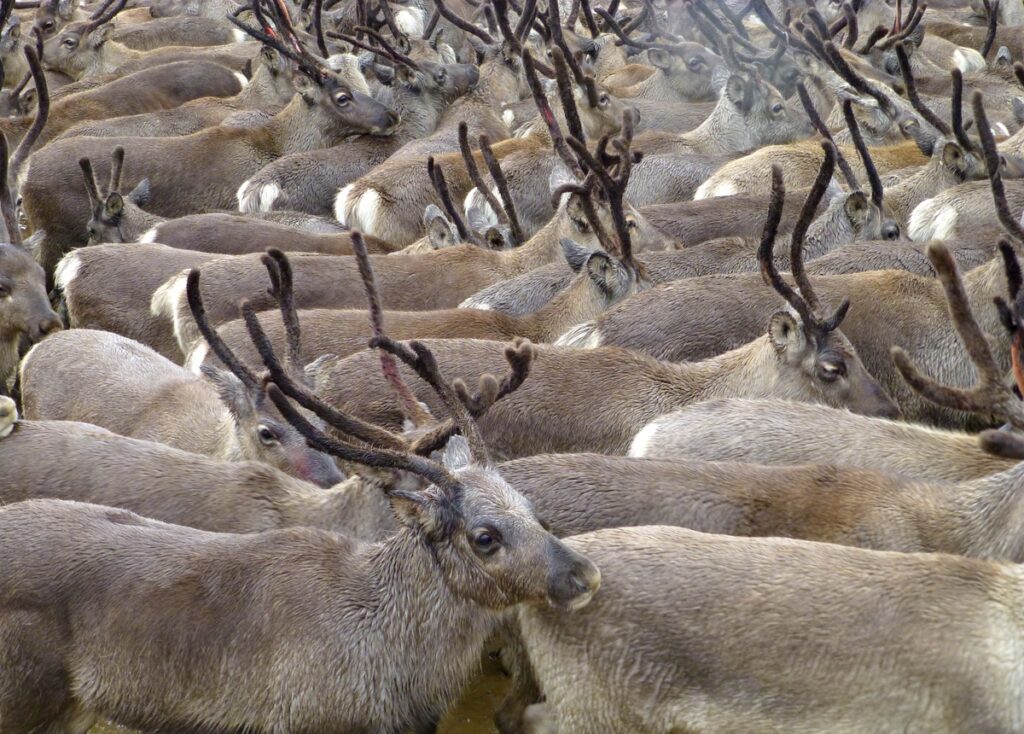
ADVERTISEMENT
In 2016, a heat wave revealed a surprise in western Siberia. Dozens of decades-old reindeer were thawed. The reindeer, who died 75 years ago, still carried a bacterial disease called antrhax. As a result, 1,200 living reindeer and at least 40 people have caught the disease unearthed from the ice.
ADVERTISEMENT
According to the World Health Organization, anthras is a deadly bacterial disease that is now treated with antibiotics. The frozen reindeer created the first anthrax outbreak since 1941. The heat wave only spread the disease further.
ADVERTISEMENT
An Ancient Tunic
ADVERTISEMENT
ADVERTISEMENT
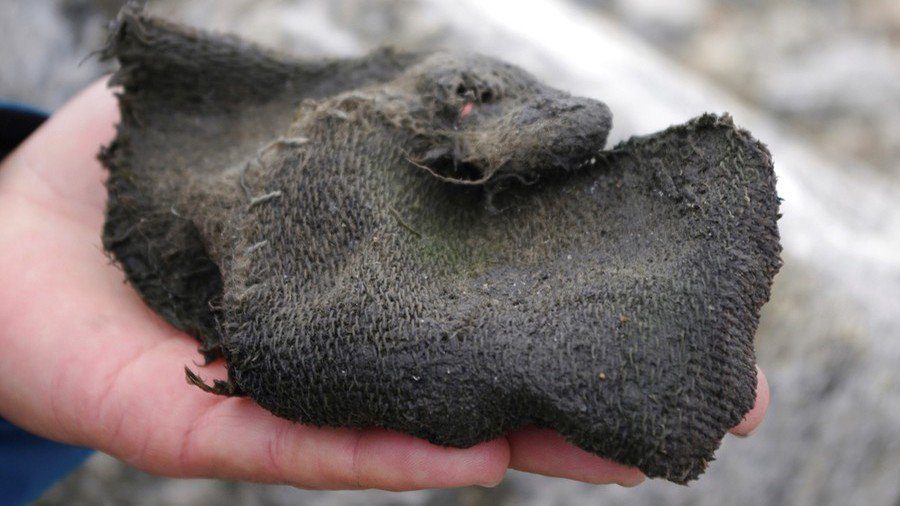
ADVERTISEMENT
Because of global warming, the icy mountains in Oppland County, Norway have melted enough to reveal over 2,000 ancient artifacts. One of the most noteworthy was a tunic that dated between 230 AD and 390 AD. It was wadded up and concealed by ancient horse droppings.
ADVERTISEMENT
Scientists found objects dating as far back as the Stone Age. The people of this age were nomadic, and they evidently didn’t mind leaving some relics behind. Other findings include mittens, horseshoes, and arrowheads. Who knows what these mountains will reveal in the future?
ADVERTISEMENT
32,000-Year-Old Seeds
ADVERTISEMENT
ADVERTISEMENT

ADVERTISEMENT
Did you know that scientists have managed to grow plants from seeds that are 32,000 years old? The seeds were preserved along the frozen Kolyma River in Siberia. According to the researchers, the seeds were encased by ice age squirrels, 124 feet beneath the permafrost.
ADVERTISEMENT
The scientists unearthed between 60,000 and 80,000 seeds. Most were damaged, but the researchers saved some and germinated them in culture dishes. From there, they were also to grow 36 Silene stenophylla, or date palms. They are the oldest plants to be brought back to life.
ADVERTISEMENT
$300,000 Worth Of Precious Jewels In A Plane Crash
ADVERTISEMENT
ADVERTISEMENT
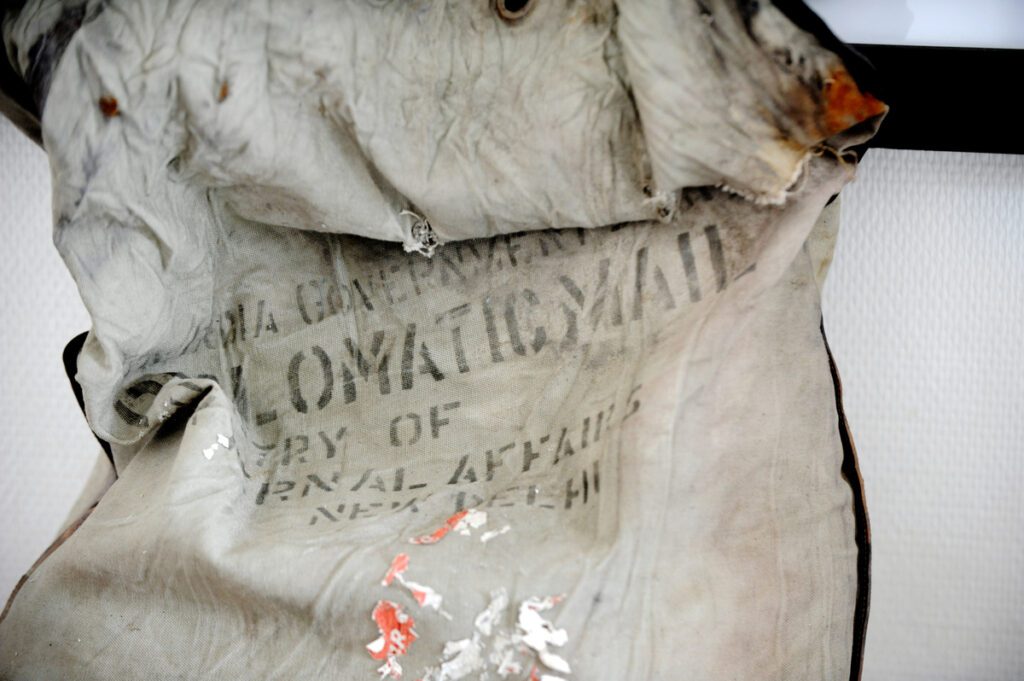
ADVERTISEMENT
If this story weren’t reported by the BBC, most people would assume that it’s fake. In 2013, an anonymous mountain climber scaled the peaks of Mont Blanc, France’s highest mountain. On the way, he found a Boeing 707 filled with over 100 precious emeralds.
ADVERTISEMENT
The plane had crashed in 1966, killing 117 people. Although rescuers searched for the remains, no one found anything until now. Among the wreckage, there was a small bag packed with treasure. Rubies, emeralds, and sapphires were flung around the ice, all with an estimated value of €246,000 ($271,964).
ADVERTISEMENT
Photographs From A Failed Expedition
ADVERTISEMENT
ADVERTISEMENT
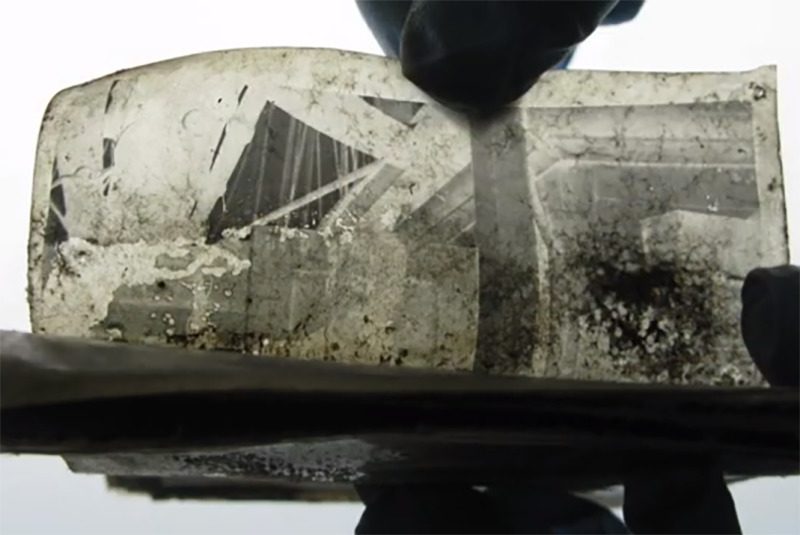
ADVERTISEMENT
In 2013, conservationists were exploring abandoned huts in Antarctica. In one of the huts, they found an ice-covered lockbox that continued 100-year-old photographs. The black-and-white photos depicted events from one of the most notorious, ill-fated polar expeditions ever: the Ross Sea Party.
ADVERTISEMENT
The Ross Sea Party sailed to Antarctica in 1913. Their ship ended up stuck in ice for nine months. The crew left the ship just before it sank. For the next 13 months, the crew waited in a blizzard before they reached Elephant Island in April. The 22 photographs found give us an insight into the expedition.
ADVERTISEMENT
A Sacrificed Incan Mummy
ADVERTISEMENT
ADVERTISEMENT

ADVERTISEMENT
In 1995, anthropologists found a mummy frozen solid on Mount Ampato in southern Peru. She was perfectly preserved–so much that she still had lice in her hair. The mummy, named Juanita, tumbled out of her burial site after the volcano erupted. Her chilling story granted her more fame.
ADVERTISEMENT
In the 1450s, the 12-year-old Juanita was sacrificed to the gods. It would have been a privilege for the family to sacrifice their daughter. She was buried dressed in her best, accompanied by ritualistic items such as miniature llamas.
ADVERTISEMENT
People Infected With Smallpox
ADVERTISEMENT
ADVERTISEMENT
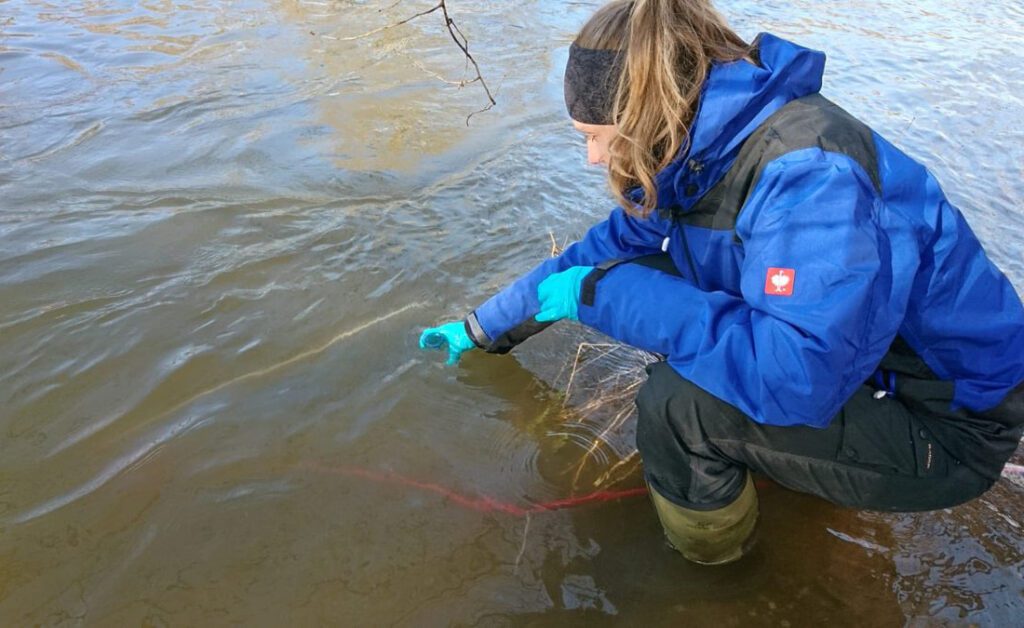
ADVERTISEMENT
As Siberia’s frozen tundra melted in 2016, nearby residents feared a major epidemic. The iced unearthed the corpses of people who died 120 years ago from smallpox. At the time, the disease was greatly feared; 30% of people who contracted it would die. The bodies were buried on the bank of the Kolyma River, and the disease froze with them.
ADVERTISEMENT
The thawing sped up the erosion process, and researchers (dressed in protective gear) examined the bodies. Although they didn’t find the live disease, they did find traces in the corpses’ DNA. Fortunately, the researchers quarantined the bodies so smallpox wouldn’t spread.
ADVERTISEMENT
Prehistoric Worms (That Came Back To Life)
ADVERTISEMENT
ADVERTISEMENT
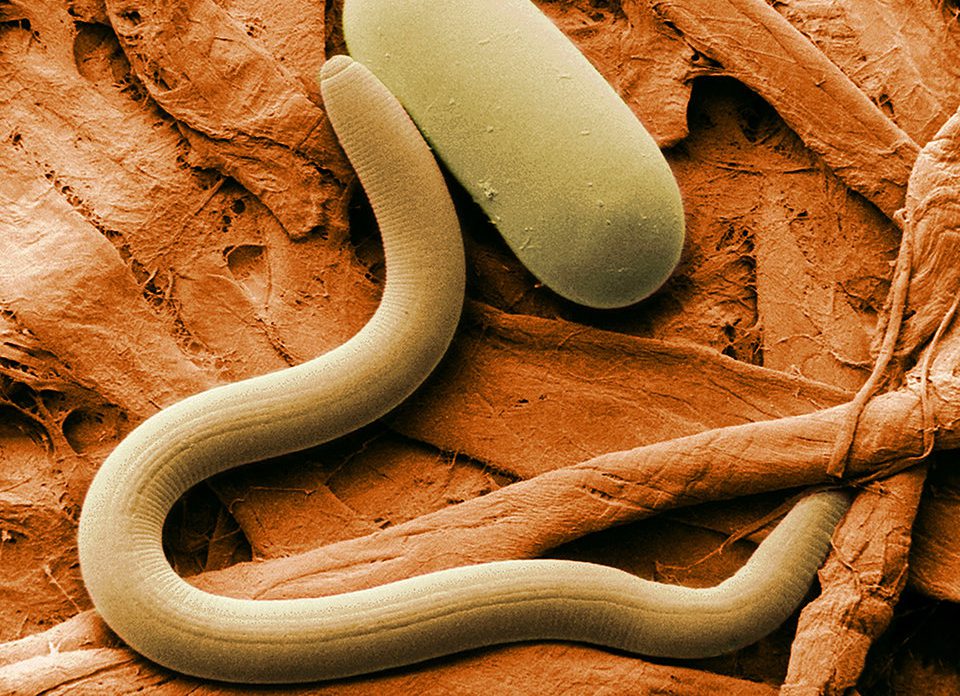
ADVERTISEMENT
In Siberia, the melting permafrost revealed worms that had been frozen for 42,000 years. These microscopic worms, called nematodes, measured one millimeter in length. Some of them still exist today within a mile beneath the Earth’s surface. However, scientists still managed to revive these prehistoric worms.
ADVERTISEMENT
The worms–all female–were unearthed near an ancient squirrel burrow and the Kolyma River. In 2018, researchers allegedly “defrosted” the nematodes and brought them back to life. These worms broke the record for the longest that an animal can survive in while frozen.
ADVERTISEMENT
An Extinct Lion Cub
ADVERTISEMENT
ADVERTISEMENT
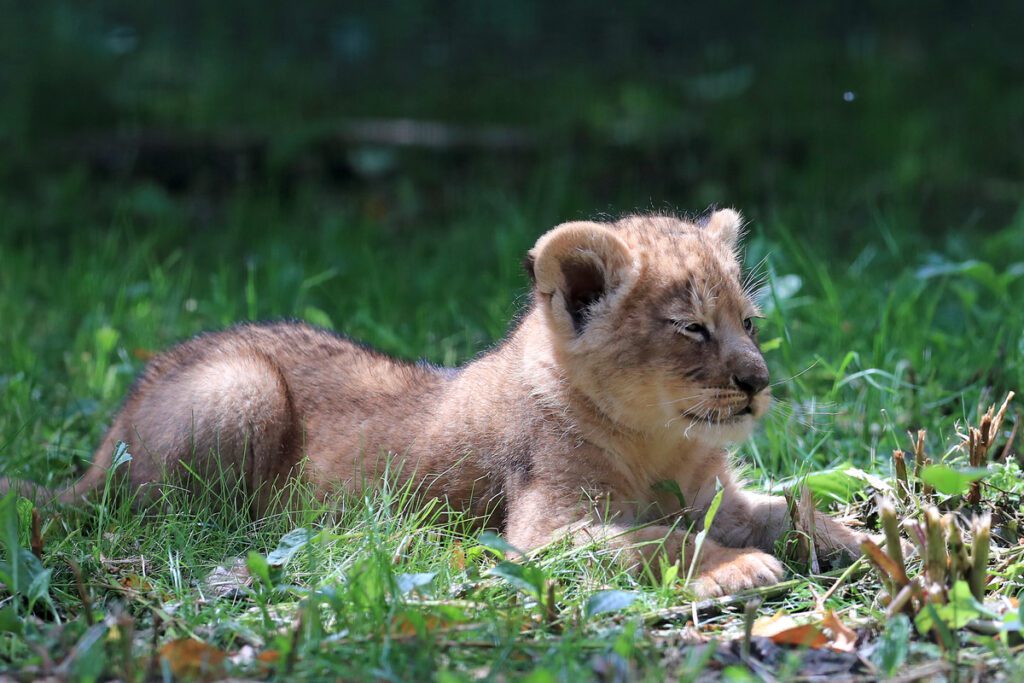
ADVERTISEMENT
A lion cub that died over 50,000 years ago remains perfectly preserved. According to The Siberian Times, Russian researchers found this prehistoric lion frozen along the banks of the Tirekhtykh River. They estimate that the lion was between one-and-a-half and two months old, too young to open its eyes.
ADVERTISEMENT
The frozen kitten, named Spartak, was impressively preserved. And that’s not all: another lion cub, named Boris, was found just 15 meters away the previous year. Experts believe that they could have been an Ice Age lion family.
ADVERTISEMENT
An Enormous Crater
ADVERTISEMENT
ADVERTISEMENT
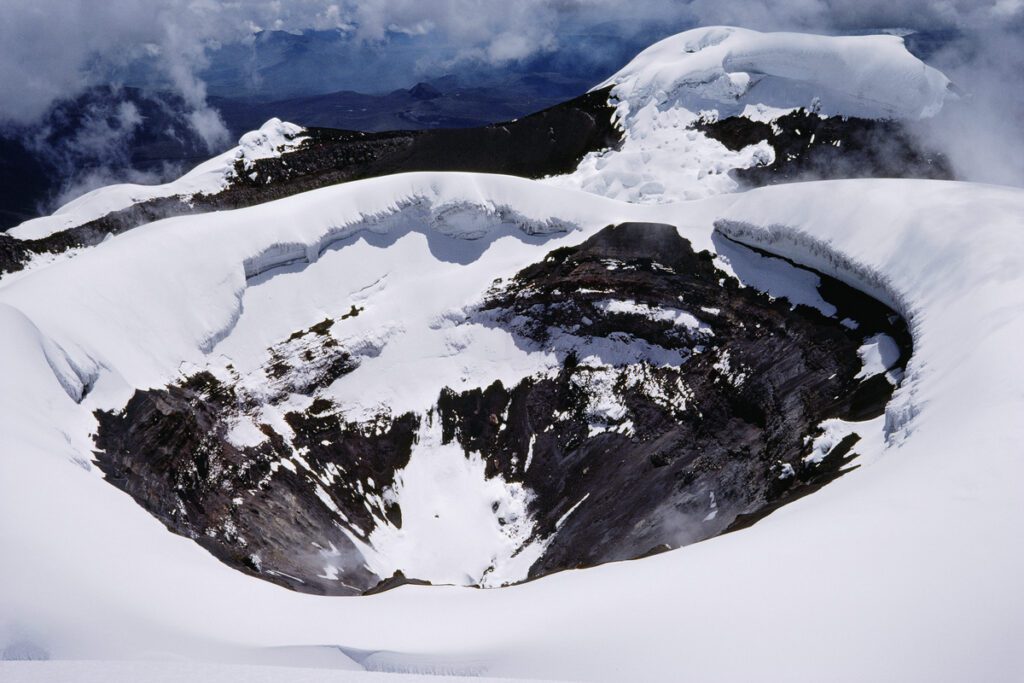
ADVERTISEMENT
In 2019, NASA researchers discovered an enormous crater buried under a mile of ice in Greenland. Experts believe that it could be a second impact crater caused by a meteorite. Oddly enough, the 22-mile-wide crater was close to another buried meteor crater. That makes this one the second ice-covered meteor crash ever discovered.
ADVERTISEMENT
NASA confirmed that the crater is the 22nd largest impact found on earth. Before discovering these two craters, researchers assumed that all crashes would be eroded by the overlying ice. As it turns out, the ice preserved the craters just as it did with all other objects.



